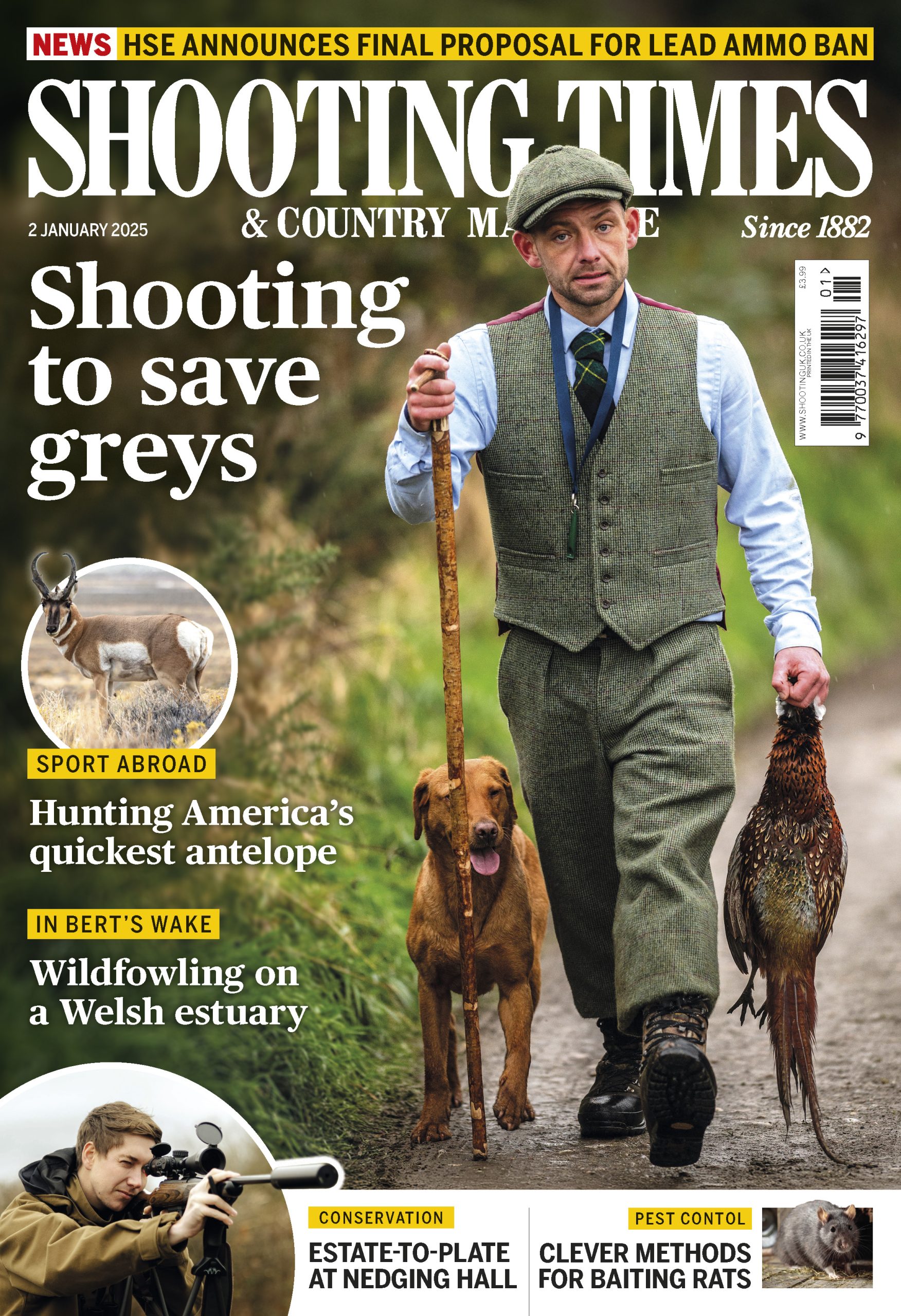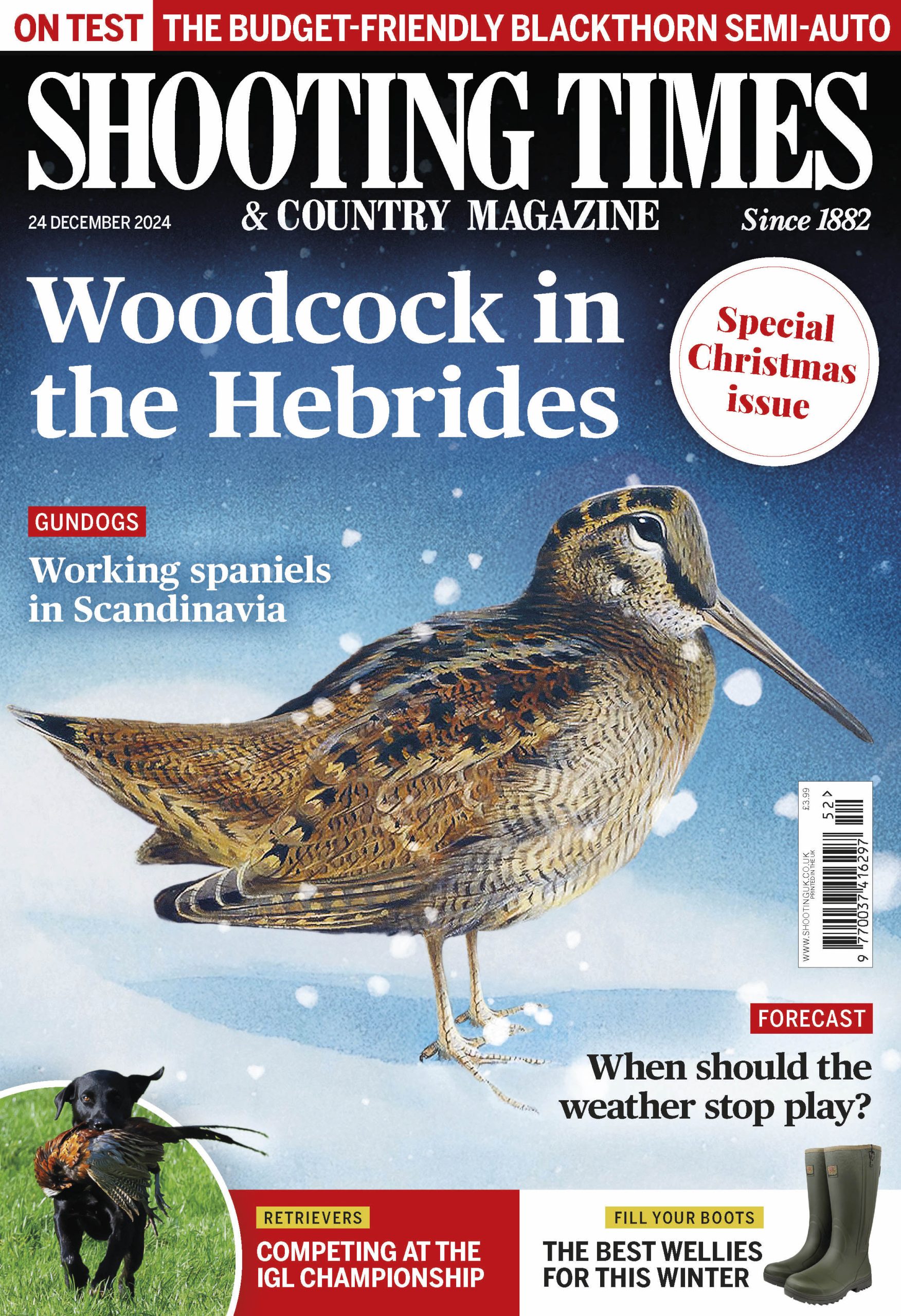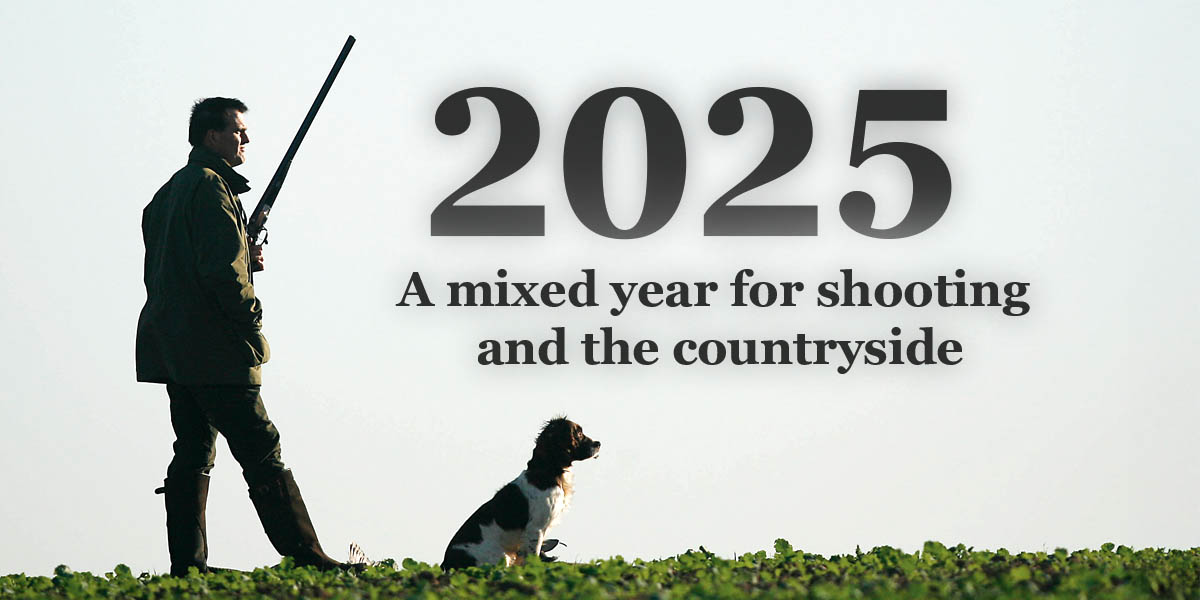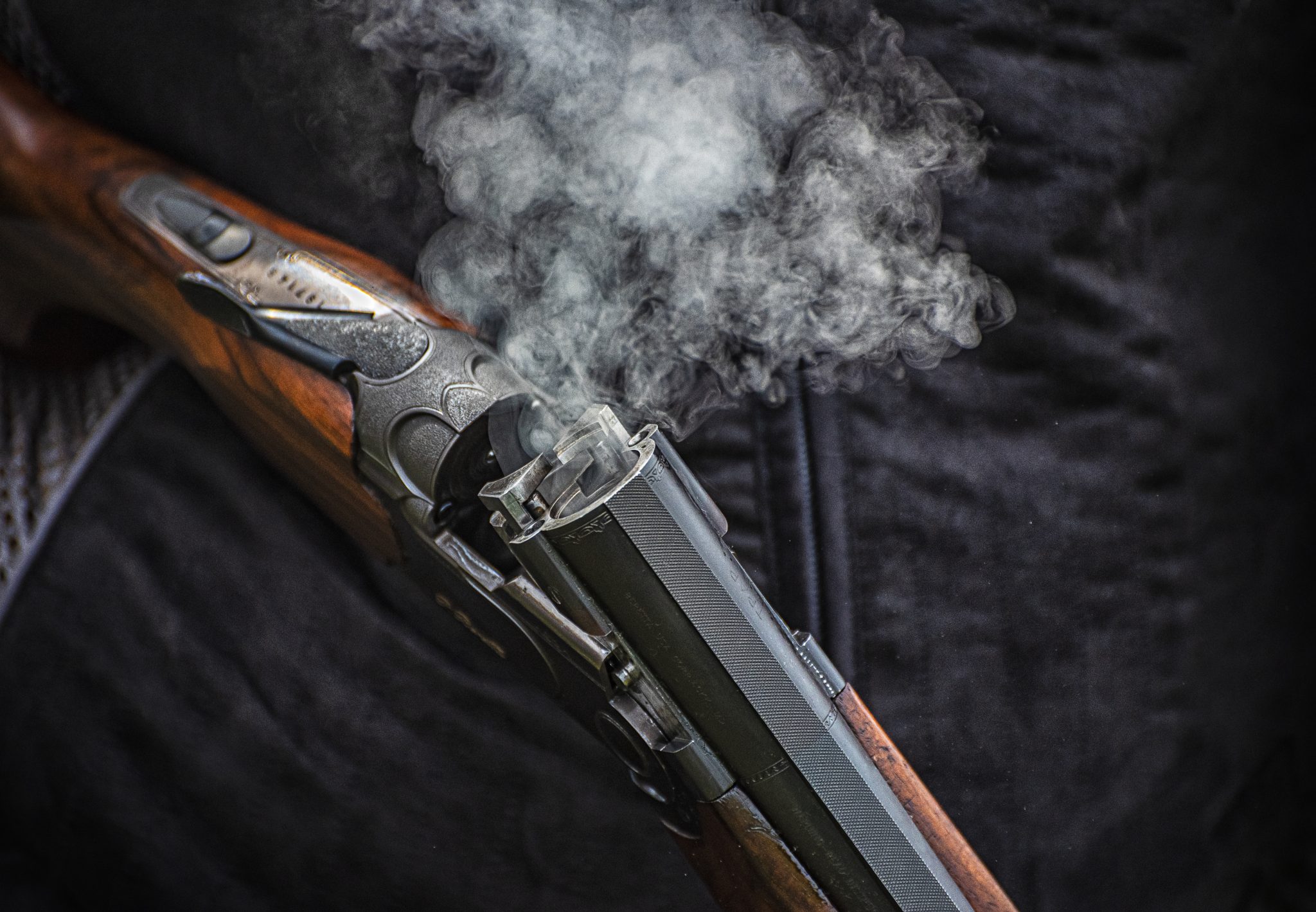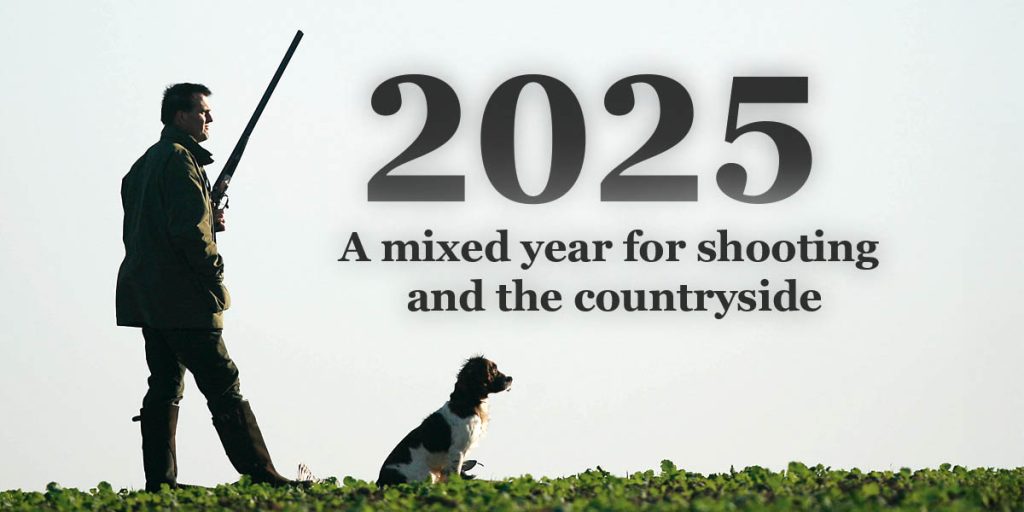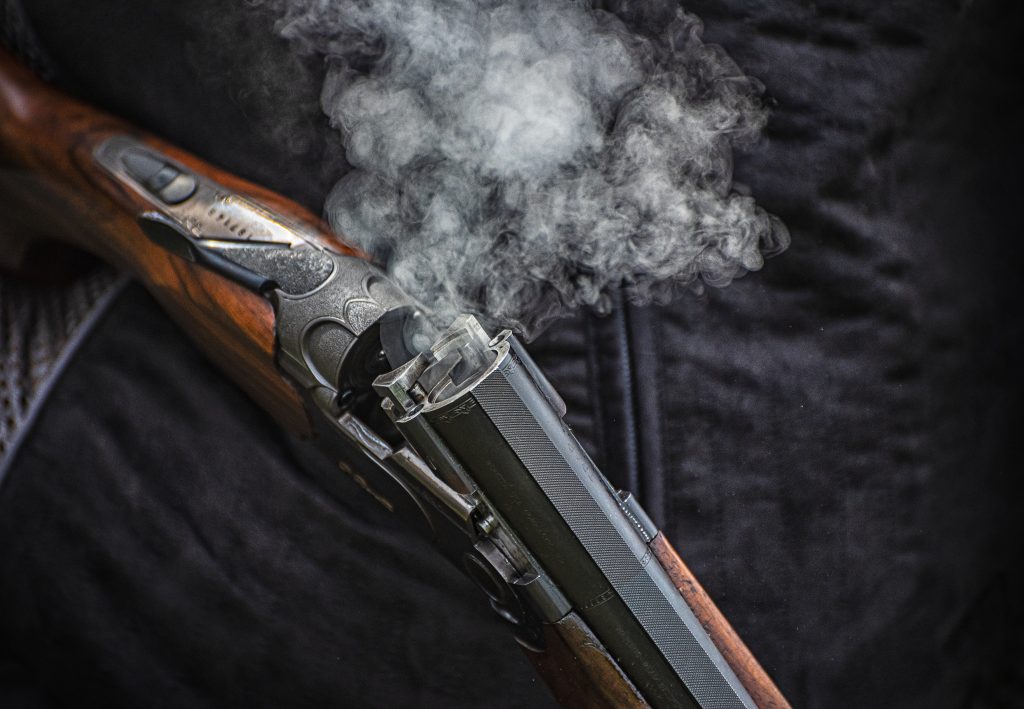Win CENS ProFlex DX5 earplugs worth £1,149 – enter here
RSPB blames persecution for low kite numbers
<strong>A new RSPB study concludes that illegal killing is to blame for the poor performance of red kites on the Black Isle</strong>
The low expansion rate of the red kite population of north Scotland was blamed on illegal killing following the publication of an RSPB Scotland study into the species last week in the scientific journal Biological Conservation.
The study, funded by Scottish Natural Heritage, compared the performance of the red kite populations in the Chiltern Hills in Buckinghamshire with those on the Black Isle in Ross-shire. According to the study, the population in the Chilterns has reached approximately 320 breeding pairs since they were first introduced in 1989, while the Black Isle population has reached 41 pairs in the same period.
The RSPBs study discounted a lack of food supply and poor breeding performance as explanations for the poor growth rate of the Scottish Black Isle population, while low survival rates of young birds in their first and second years of life was cited as the main factor limiting the north Scotland red kite population growth up until 2006, with illegal killing accounting almost entirely for these poor survival prospects.
The rest of this article appears in 28th April issue of Shooting Times.
What is YOUR opinion?
Join other ST readers in our forums to discuss your views.
Like this article? Mark this page on a social bookmarking website…
Related Articles
Get the latest news delivered direct to your door
Subscribe to Shooting Times & Country
Discover the ultimate companion for field sports enthusiasts with Shooting Times & Country Magazine, the UK’s leading weekly publication that has been at the forefront of shooting culture since 1882. Subscribers gain access to expert tips, comprehensive gear reviews, seasonal advice and a vibrant community of like-minded shooters.
Save on shop price when you subscribe with weekly issues featuring in-depth articles on gundog training, exclusive member offers and access to the digital back issue library. A Shooting Times & Country subscription is more than a magazine, don’t just read about the countryside; immerse yourself in its most authoritative and engaging publication.
